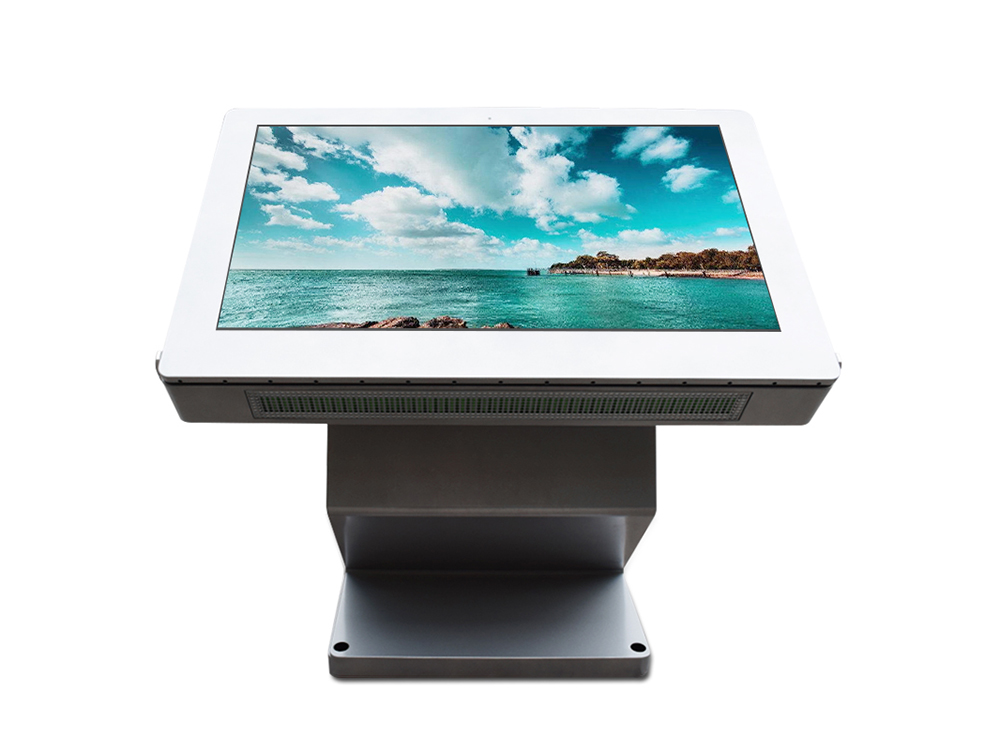
Indoor Digital Signage–A Guide to Content Management.In the modern era of digital transformation, indoor digital signage has emerged as a powerful tool for businesses to communicate, engage, and inform their audiences. However, managing content for these digital displays can often be a daunting task, requiring a balance between creativity, relevance, and technical know-how. This guide aims to provide a comprehensive overview of indoor digital signage content management, helping you navigate the process with ease and efficiency.

Understanding Indoor Digital Signage
Indoor digital signage refers to electronic displays used within enclosed spaces such as offices, shopping malls, museums, and other public or private facilities. These displays can range from small LCD screens to large for-format LED walls, offering a dynamic and interactive platform displaying various types of content.
The Importance of Content Management
Effective content management is crucial for maximizing the impact of your indoor digital signage. It ensures that your messages are timely, targeted, and consistent, allowing you to achieve your communication goals while enhancing the overall experience for your audience.
Key Considerations for Content Management
Audience Profiling: Before creating any content, it's essential to understand your target audience. Consider their demographics, interests, and behaviors to craft messages that resonate with them.
Content Strategy: Develop a clear content strategy that aligns with your business objectives. Define your key messages, call-to-actions, and the tone and style of your communication.
Content Diversity: Indoor digital signage offers versatility in content formats. Utilize videos, images, text, and animations to keep your audience engaged. However, avoid overloading your displays with too much information, which can be counterproductive.
Scheduling and Timing: Plan your content schedule carefully. Consider the time of day, day of the week, and any special events that might affect the relevance of your messages. Use scheduling tools to automate content delivery and ensure timely updates.
Design Principles: Follow basic design principles such as clarity, contrast, and consistency to enhance readability and visual appeal. Ensure that your content is accessible to all, including those with visual impairments.
Interactive Elements: Incorporate interactive elements into your content to encourage audience participation. This could include touchscreens, QR codes, or social media integrations.
Compliance and Regulations: Be mindful of any legal or industry regulations that might apply to your content. Ensure that all your messages comply with accessibility, privacy, and advertising standards.
Best Practices for Content Creation
Keep it Simple: Avoid complex language and designs that might confuse your audience. Use clear and concise messaging to get your point across quickly.
Storytelling: Use storytelling techniques to create engaging content that resonates with your audience's emotions. Narratives help build connections and foster brand loyalty.
Call to Action: Always include a clear call to action in your content, guiding your audience on what to do next. This could be visiting a website, making a purchase, or attending an event.
A/B Testing: Experiment with different content versions to see which ones perform better. Use analytics tools to measure engagement, dwell time, and other key metrics.
Fresh Content: Regularly update your content to maintain interest and relevance. Stale or outdated information can reflect poorly on your brand.
Content Management Tools and Technologies
Several tools and technologies can aid in the effective management of indoor digital signage content. Content management systems (CMS) specifically designed for digital signage allow users to create, schedule, and deploy content across multiple displays from a centralized platform. These systems often integrate with advanced analytics tools, providing valuable insights into audience engagement and content performance.
Managing content for indoor digital signage is a multifaceted task that requires careful planning and execution. By understanding your audience, developing a clear content strategy, and utilizing the right tools and technologies, you can create impactful and engaging displays that enhance the customer experience and drive business results. Remember, the key to successful content management lies in the balance between creativity, relevance, and technical expertise.
Current article link: https://www.lcdkiosk.com/news/676.html

Tel
